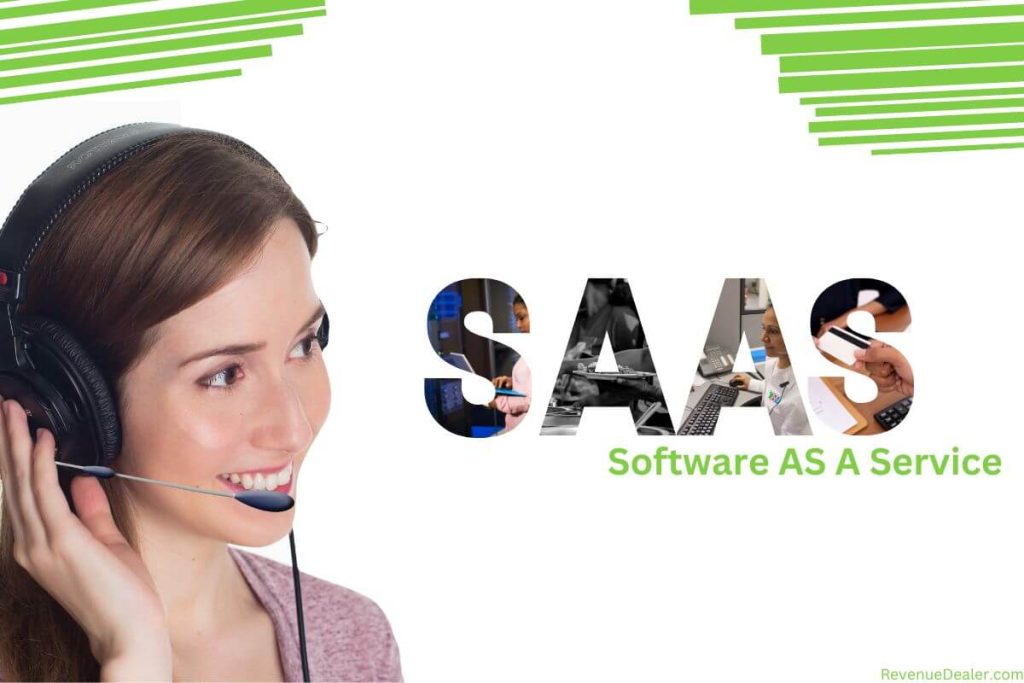As we approach the end of 2022, it’s time to start looking at the industry-shaping trends likely to define enterprise SaaS in 2025. The last two years have seen an unprecedented rollout of exciting new technologies revolutionizing how companies do business, from cloud storage solutions and automated intelligence systems to collaboration platforms and system integration tools.
In this blog post, take a closer look with Revenue Dealer at ten critical trends expected to drive the Enterprise SaaS market in 2025 – giving you a helpful overview of the emerging technologies and innovative product categories that could make all the difference for your business this year.
Whether you own or manage an enterprise company or are just starting out with your first software venture, get ready for a game-changing ride!
Types of SaaS Solutions
Software as a service, or SaaS, has quickly become one of the most popular software solutions. It allows businesses to access software applications without having to install them on their own computers or servers. So let’s begin this article by discussing the different types of SaaS solutions available so you can choose the best option for your business.
Vertical SaaS Solutions
Vertical SaaS solutions are specific to individual industries and are designed to address everyday industry-specific needs. For example, vertical SaaS solutions can be used in healthcare, retail, finance, education, and other industries.
These solutions provide industry-specific features such as patient records management for healthcare or customer loyalty programs for retail.
Horizontal SaaS Solutions
Horizontal SaaS solutions are designed for general use across all industries. These are often cloud-based services that allow businesses to store data securely in the cloud and collaborate with team members from any location.
Examples of horizontal SaaS solutions include customer relationship management (CRM) systems and document storage services such as Google Drive or Dropbox.
Batch SaaS Solutions
Batch SaaS solutions are designed to process large amounts of data at once. These services allow businesses to analyze large datasets without extensive computing power or resources quickly.
Examples of batch processing include machine learning algorithms and artificial intelligence (AI) applications that help businesses make better decisions based on their data analysis results.
Hybrid SaaS Solutions
Hybrid SaaS solutions combine vertical and horizontal approaches by providing industry-specific features while offering general tools that can be applied across different sectors.
These hybrid services enable businesses to customize their software solution to their specific needs without sacrificing functionality or performance. Examples of hybrid services include ecommerce platforms like Shopify or online learning platforms like Udemy.
Top 10 Trends Of Enterprise SaaS
Artificial Intelligence
AI is becoming a part of enterprise software as a service (SaaS). SaaS relies on cloud computing technology to deliver applications and services to subscribers at scale. AI enables enterprises to use this scalability by providing predictive experiences, automating processes, and leveraging enhanced data analysis capabilities.
With machine learning tools, AI can gain more insights from an enterprise’s ever-increasing amounts of data. Companies are leveraging deep learning and neural networks to discover hidden insights that can empower decision-making and drive their business forward.
The potential of AI continues to rapidly expand in SaaS, allowing companies many more excellent opportunities to scale up their offering quickly and efficiently. It is one trend in the enterprise SaaS space that will have a lasting impact.
How To Utilize AI In SaaS Apps
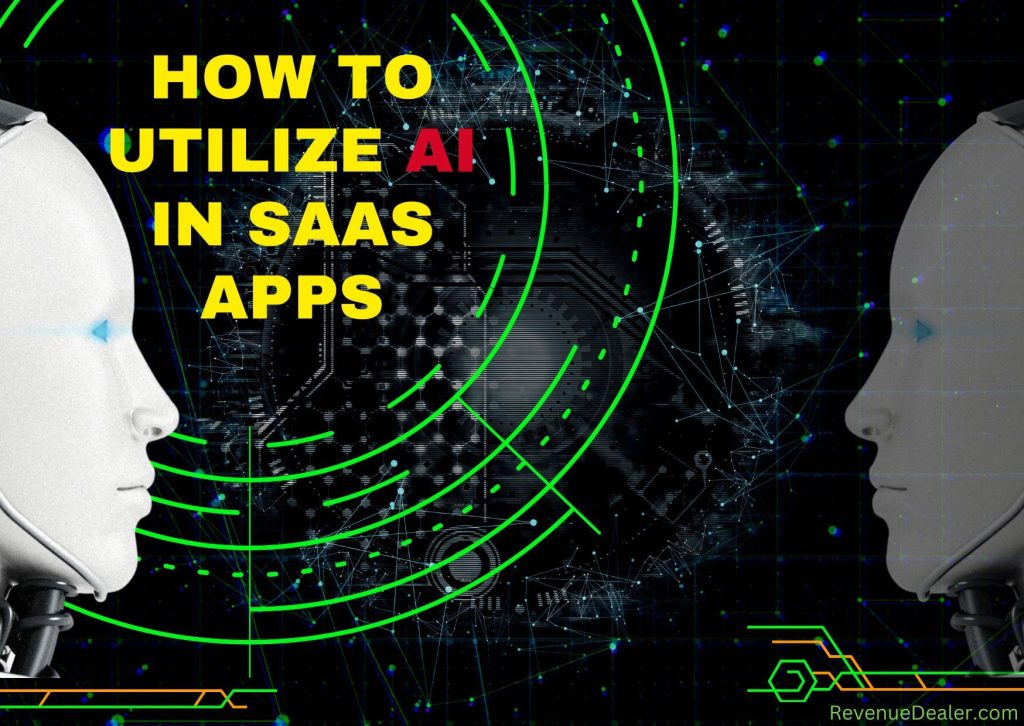
Utilizing AI in SaaS applications can offer several great benefits to your users and your business. AI can be used for everything from automated customer service to customized user interfaces and data-driven decision-making. Here are some pro ways to integrate AI into your SaaS app:
1) Automated Customer Service – By integrating AI into your customer service operations, you can quickly provide tailored answers to common customer questions while maximizing the efficiency of support personnel by freeing them up from mundane tasks.
2) Customized User Interfaces – Integrating AI into the design and workings of your application’s user interface will enable it to personalize itself according to each user’s preferences to maximize their enjoyment and productivity when using your product.
3) Data-Driven Decision Making – By applying algorithms powered by machine learning on large datasets that would take forever for humans alone, you can quickly identify trends or correlations between factors such as marketing campaigns or product features, which could have huge implications down the line in terms of how you build products and market them going forward.
Overall, incorporating AI into SaaS apps offers tremendous potential for businesses looking to increase efficiency and grow their bottom line—not just now but in years ahead!
Machine Learning
As technology advances, so does how we interact and communicate. One of the top trends in Enterprise Software as a Service (SaaS) is the integration of Machine Learning.
With the power to understand natural language, automatically process data in real-time, and identify patterns for predictive analysis, Machine Learning is becoming an essential part of daily operations for businesses worldwide.
By harnessing this technology, businesses can streamline processes and maximize efficiency, unlocking new opportunities for growth already on the horizon.
For instance, take the example of Salesforce, which leverages the power of machine learning. Salesforce helps shift the sales game in your favor with its powerful CRM. By leveraging machine learning, it finds patterns you didn’t even know were there and takes customer behavior to a new level of analysis. Plus, not only does Salesforce provide data about customers, it also gives next-step recommendations so reps can act on them quickly!
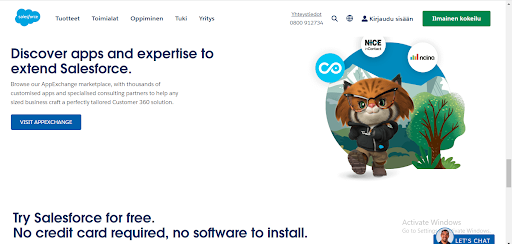
White Label
White labeling is a hot trend among enterprise SaaS platforms, and for a good reason, it allows businesses to customize their platforms with their logo and branding. This helps them have a more professional look and feel when showcasing their services or products.
It also helps customers quickly recognize the company behind the product or service they are using. Overall, white labeling instantly creates an identity that stands out compared to the competition, giving businesses an appealing edge in crowded markets.
Business Verticals Who Can Utilize White-Label Saas Products
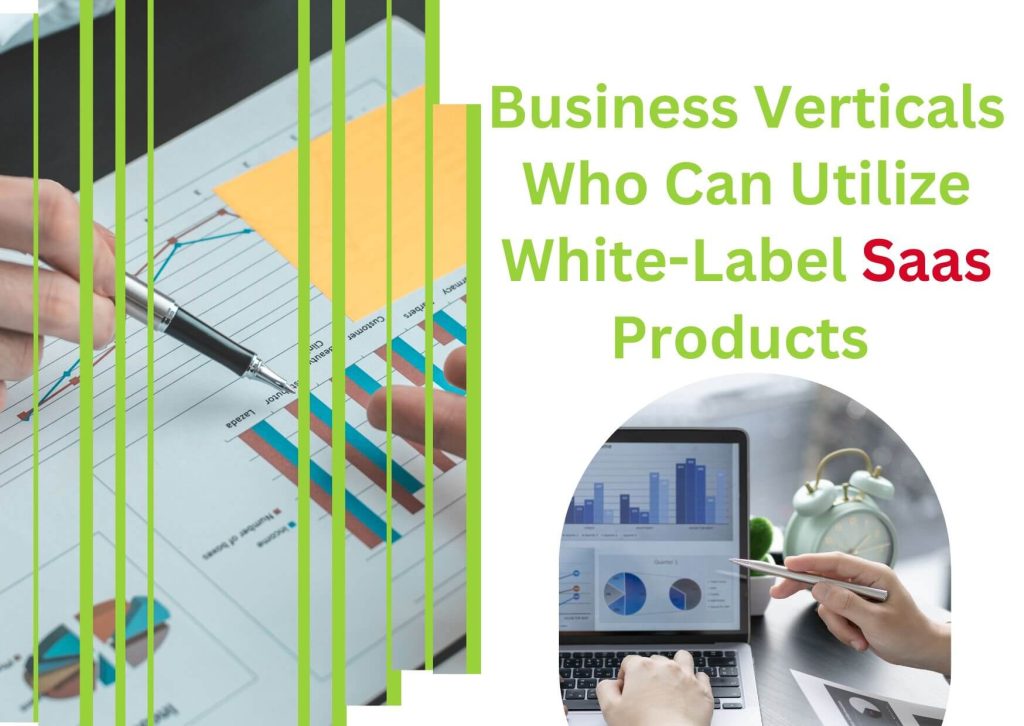
There are so many businesses that can benefit from white-label SaaS products! White-label solutions offer businesses the ability to create and customize their web-based applications without coding. Which can be an incredibly time- and cost-effective solution.
Business verticals that could find these solutions beneficial include ecommerce companies, content management providers, marketing firms, digital design studios, logistics and transportation companies, cloud services providers, software vendors, or any other type of business involved in technology.
Ecommerce Companies: For example, white-label SaaS products allow ecommerce brands to streamline operations. Such as customer onboarding processes or even quickly launch new product ranges with built-in compliance checks. Also, integrating order processing systems for multiple partners into a single platform. Like a custom storefront via the API layer of a white label solution, helps automate customer engagement activities across customer service channels like emails or messages.
Content Management Providers: Content managers can leverage white-label SaaS tools. Like CMS suites to power their clients’ websites and ensure fast loading times and better user experience. While maintaining high-security standards at scale. This is great for managing hundreds of websites simultaneously as it increases collaboration with personnel with access to specific areas to meet project requirements faster without compromising on quality standards.
Marketing Firms: White-label marketing solutions are also incredibly beneficial for marketing teams. Who need access to data insights about key metrics such as turnover rates or average purchase value in real time. This helps marketers make critical decisions quicker and more accurately rather than relying on out of date statistics delivered via spreadsheets. Further features such as automated notifications help marketers stay updated on customers’ progress. Thereby increasing efficiency and helping drive sales growth significantly with minimal effort overheads!
These are just some examples; many more verticals could benefit from using white-label SaaS products. So if you’re considering implementing one into your business operations, then it’s worth exploring further!
SaaS security as a priority
The need for SaaS security is becoming increasingly paramount for enterprise software-as-a-service. It’s no surprise that businesses are focusing on the safety of their systems and data. Whether in the cloud or beyond — with cyberattacks ever increasing, it’s so essential for companies to prioritize their SaaS security.
Companies such as Microsoft, offering cutting-edge security solutions with intelligence and visibility into their digital infrastructure, make protecting networks from malicious actors easier.
An organization’s future success focuses heavily on robust SaaS security measures being in place — making this one trend worth paying close attention to.
Vertical SaaS
With the help of enterprise Software as a Service (SaaS), companies have improved the efficiency with which they conduct their internal operations. One of the top trends in enterprise SaaS is using vertical SaaS. Which refers to specialized software designed exclusively for specific industries.
This can benefit companies operating within those industries. Since it offers greater efficiency and enhanced performance compared to generic, off-the-shelf applications.
It’s easy to see why vertical SaaS is becoming more popular among companies. Who want to streamline their processes and optimize productivity within their field.
With over 15,500 software-as-a-service businesses worldwide fighting for a share of the horizontal SaaS market. This make your offering stand out from the crowd is becoming increasingly challenging. But keep hope! The vertical SaaS marketplace has seen explosive growth in recent years and is expected to grow more by 2025.
Data-as-a-Service (DaaS)
Data-as-a-Service (DaaS) has caught on quickly as one of the top trends of enterprise SaaS. In a world where more businesses strive to make data-driven decisions, DaaS offers a convenient and cost-effective way.
It involves streamlining the process for companies to access, maintain, and manipulate data from various sources to gain deeper insights and drive improved business outcomes.
In short, DaaS is revolutionizing how businesses view information management – from transforming mundane tasks into time-saving activities to providing actionable insight with real impact.
Micro-SaaS
Micro-SaaS has become a prevalent trend for enterprise businesses, fuelling rapid growth in the SaaS economy. It refers to smaller, more specialized applications designed to target niche needs in a flexible and customizable manner.
Micro-SaaS help business owners take advantage of the cost savings associated with cloud computing. While still accessing quickly customizable and robust solutions. Whether it’s project management, customer support, or anything else relating to business operations,
Micro-SaaS can provide precisely what is needed without requiring a hefty upfront investment. With its ability to focus on businesses’ specific needs quickly and efficiently. Micro-SaaS will remain one of the top trends of enterprise SaaS for many years to come.
For Micro-SaaS, you can take the example of lempod.
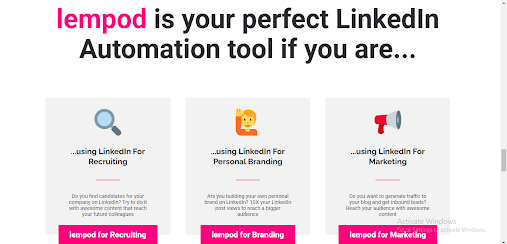
Mobile-First Approach
The mobile-first approach is one of the top trends of enterprise SaaS that organizations are embracing. This trend emphasizes that, when developing a software enterprise, users should be able to access it as soon as possible.
Companies use this mobile-first strategy to offer more convenience for customers and employees by providing them with apps and solutions accessible from different mobile devices.
Such platforms enable faster access to data, documents, records, and communication functionalities from anywhere worldwide. This allows businesses greater agility and responsiveness even from remote locations.
In the coming years, smartphones are expected to become ubiquitous. With an estimated three-quarters of people relying on them for communication, work, and leisure.
Low-Code and No-Code Popularity
As enterprises become more dependent on SaaS for their business operations, low-code and no-code solutions are rapidly gaining popularity. These solutions are helping to bridge the gap between traditional software development and consumer-grade app building, enabling enterprising businesses to create intuitive and custom applications much more quickly.
Low-code and no-code platforms utilize simple drag & drop interfaces that can efficiently be designed to meet specific requirements. This make them ideal for businesses looking to build out new systems or customize existing ones without a deep technical background.
Adopting these tools is only expected to increase, allowing ambitious organizations to deploy powerful apps with little effort rapidly.
Low-code apps are everywhere these days. And some of the top names in the game include Zapier, Airtable, Webflow and Typeform. Making it easier than ever to quickly create amazing digital experiences.
Migration To PaaS
The enterprise’s digital transformation is leading many companies to migrate to a Platform as a Service offering. PaaS solutions provide a more comprehensive stack and consolidated features, making them increasingly attractive compared to Software as a Service.
Enterprises acknowledge that this migration provides greater workflow scalability, control, and flexibility. Furthermore, the shift toward an entirely cloud-based infrastructure increases visibility into operations and facilitates collaboration with external vendors.
Migration to Platform as a Service cloud has rapidly become one of the top enterprise SaaS trends today. And companies are seeing impressive returns on investment from such moves.
Bottom Line
With the quick transformation of technology, trends in enterprise SaaS are ever-changing. From cloud computing to social media marketing and AI technology. This top 10 list provides an insight into what has been trending in the world of enterprise SaaS in 2025.
The future looks incredibly promising for businesses utilizing these tools to stay connected and create lasting relationships with existing and new customers. It is an exciting place where companies are reimagining how we work, communicate, collaborate and succeed.
Businesses that recognize these trends before their competitors can not only prevent themselves from falling behind but assume a significant advantage when adopting industry-leading technologies.
Ensure you are staying ahead of the game by tracking current trends and leveraging solutions that promote business agility while keeping costs low to get a leg up on everyone else!

